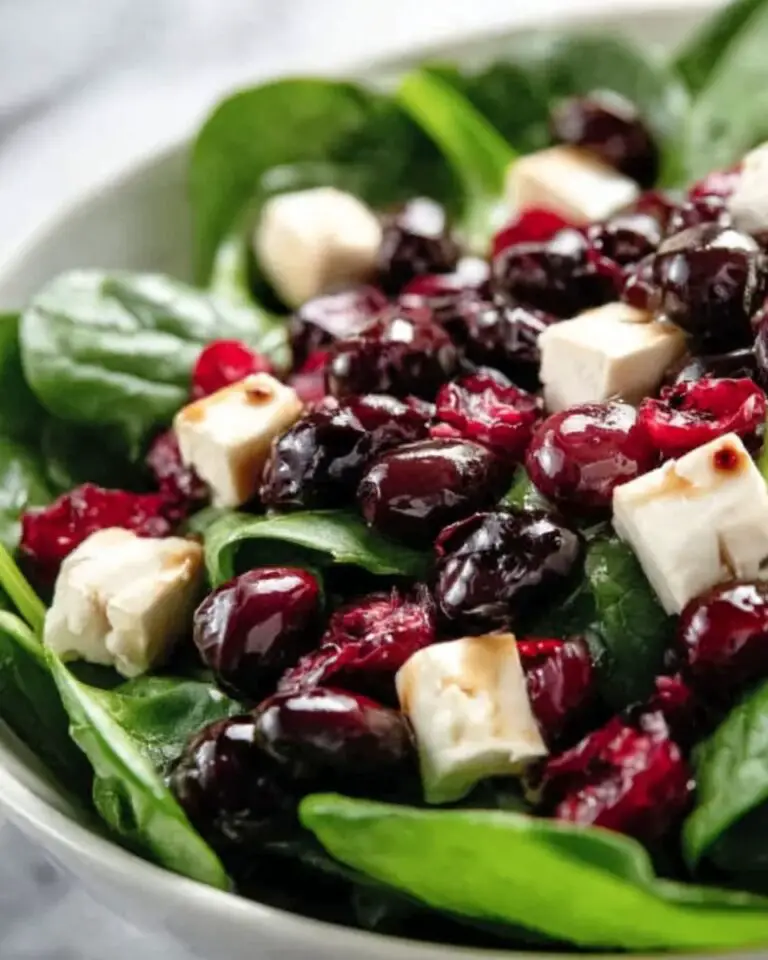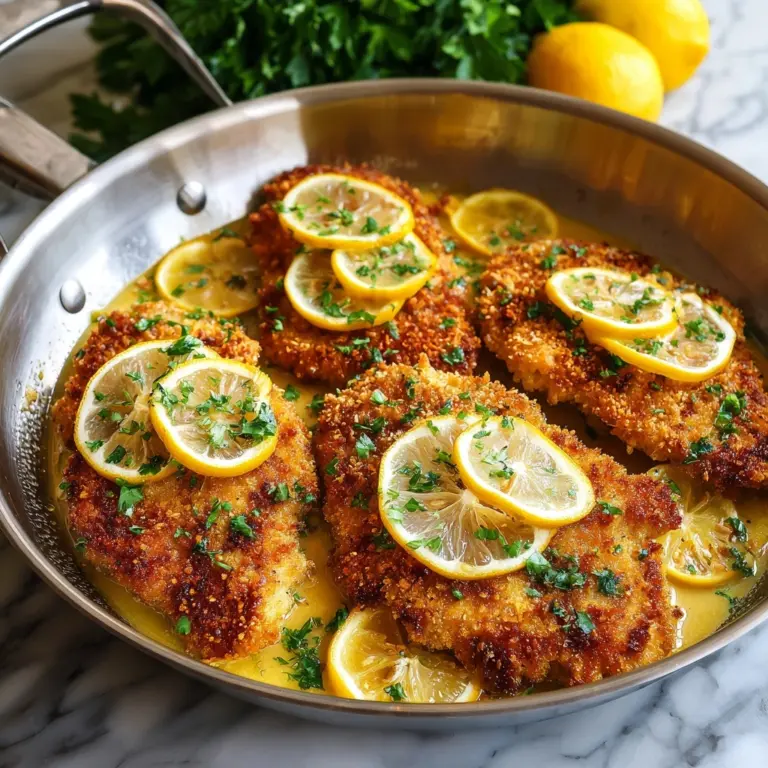If you have ever dreamed of mastering a restaurant-quality sauce in your very own kitchen, let me introduce you to the magic of this Easy Homemade Hollandaise Sauce Recipe. This classic French sauce is the perfect velvety companion for everything from eggs Benedict to steamed asparagus, delivering a rich, buttery flavor with a zesty hint of lemon that truly elevates any dish. What makes this recipe stand out is how effortlessly it comes together with just a handful of simple ingredients, yet results in an elegant, luscious sauce that feels absolutely gourmet. Once you’ve tried this Easy Homemade Hollandaise Sauce Recipe, you’ll never want to reach for that jarred version again.
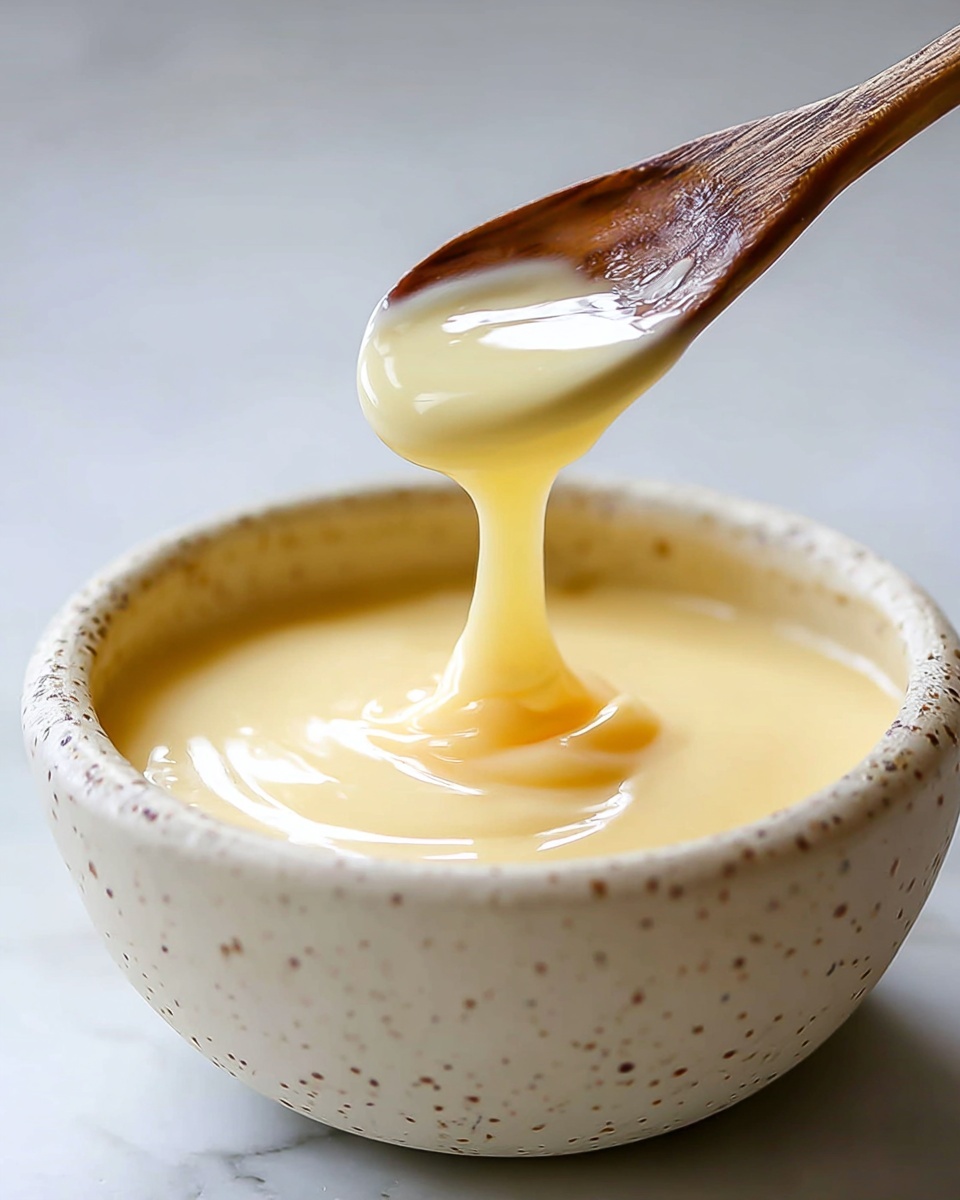
Ingredients You’ll Need
Gathering your ingredients for this Easy Homemade Hollandaise Sauce Recipe is delightfully straightforward. Each component plays a crucial role: the egg yolks bring richness and structure, the butter adds luscious creaminess, and the fresh lemon juice lends that perfect punch of brightness that balances everything out beautifully.
- 3 large Egg Yolks: Use fresh, organic eggs for the best flavor and a smooth texture.
- 1 cup Unsalted Butter: Melted and slightly cooled to prevent cooking the eggs too quickly.
- 2 tablespoons Fresh Lemon Juice: Strain to remove seeds and pulp for a clean, fresh taste.
- 0.5 teaspoon Salt: Adjust to taste to enhance all the flavors in the sauce.
- 1 pinch Cayenne Pepper: Optional, but adds a subtle warmth that deepens the sauce’s character.
How to Make Easy Homemade Hollandaise Sauce Recipe
Step 1: Prepare the Egg Yolks
Start by carefully separating the egg yolks from the whites. Place the yolks in a medium-sized, heatproof bowl. This bowl will later sit on top of simmering water, so make sure it’s sturdy and won’t easily tip over. The yolks are the foundation that will emulsify with the butter to create that signature hollandaise creaminess.
Step 2: Melt and Cool Butter
Next, melt your unsalted butter gently over low heat. You want it liquid but not hot enough to scramble your eggs when you start whisking. Letting it cool slightly will help maintain the sauce’s smooth texture and prevent it from breaking.
Step 3: Whisk Yolks to Pale Perfection
Whisk the egg yolks vigorously until they turn a lighter yellow and begin to thicken just a bit. This step aerates the yolks and lays the groundwork for a silky sauce that will hold together beautifully once the butter is added.
Step 4: Add Lemon Juice and Salt
Stir in the fresh lemon juice and salt. The lemon juice not only flavors the sauce but also helps stabilize the emulsion. Salt enhances all the layers of flavor, so don’t be shy about tasting as you go.
Step 5: Set up Your Double Boiler
Now, place your bowl over a pot of gently simmering water to create a double boiler. This indirect heat keeps the egg mixture warm without scrambling it. Be sure the bowl doesn’t touch the water below; you want the steam to do the work.
Step 6: Slowly Incorporate the Butter
While whisking constantly, slowly drizzle in the melted butter. This gradual addition allows the yolks and butter to emulsify properly, transforming into a luscious and stable sauce. Patience during this step is golden — your persistence pays off in a smooth results.
Step 7: Adjust Consistency
Keep whisking as you add the remaining butter until it is fully incorporated. If the sauce feels too thick, whisk in a teaspoon of warm water at a time until you reach your desired texture. This keeps the hollandaise light and pourable without losing richness.
Step 8: Final Seasoning Touches
Taste your sauce and add a pinch of cayenne pepper or extra salt if you like. These little tweaks personalize the sauce perfectly for your palate and add that subtle kick which elevates your dish.
Step 9: Serve Warm
Transfer the hollandaise sauce to a warm dish and keep it gently warmed until ready to serve. Avoid overheating, as this can cause the sauce to separate or become grainy.
How to Serve Easy Homemade Hollandaise Sauce Recipe
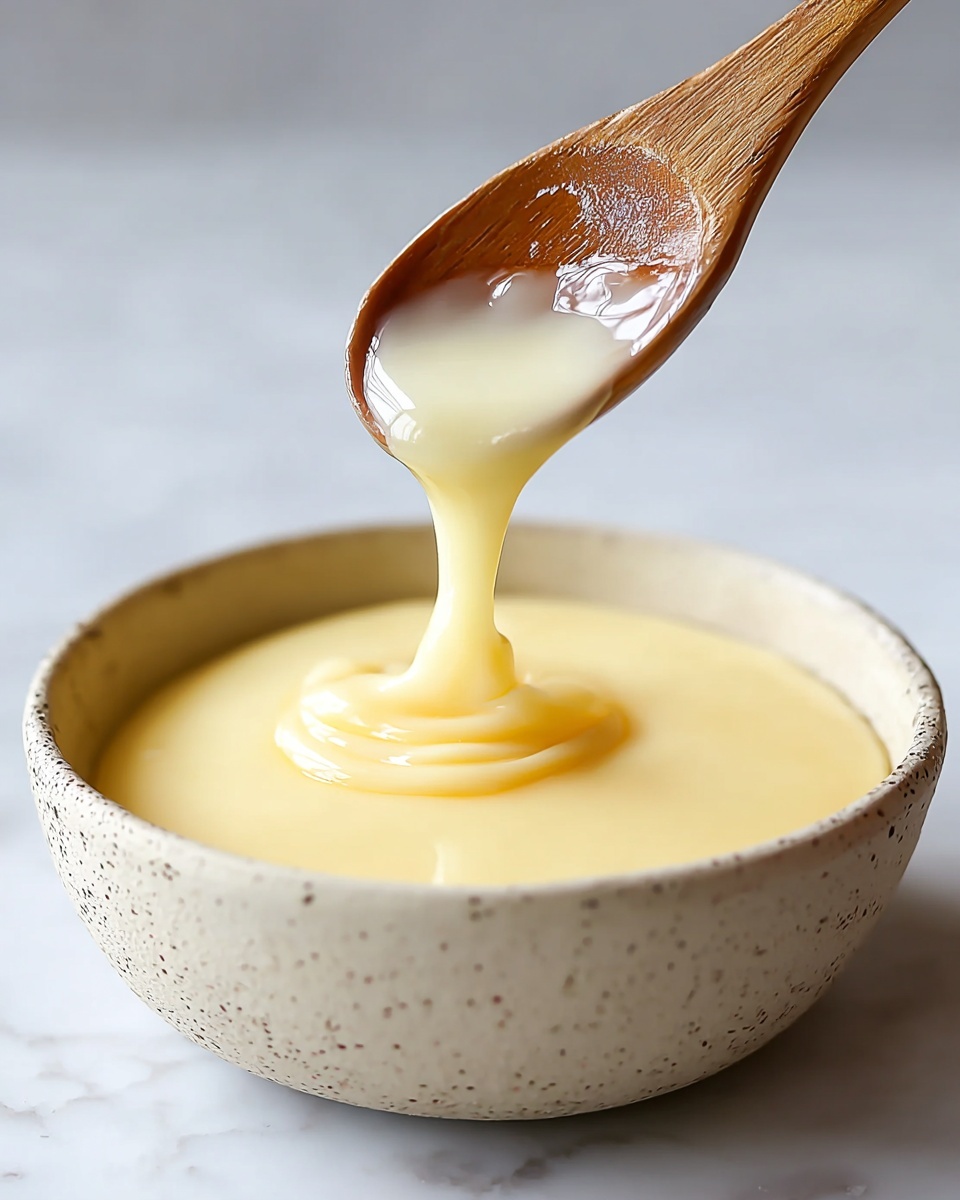
Garnishes
Sprinkle fresh chopped herbs such as chives, tarragon, or parsley over the sauce for a burst of color and fresh aroma. A light dusting of paprika can also add an inviting, smoky warmth to the presentation and taste.
Side Dishes
This Easy Homemade Hollandaise Sauce Recipe pairs wonderfully with classic eggs Benedict, but it’s equally sensational draped over grilled asparagus, roasted salmon, or crispy potatoes. The sauce’s rich tangy profile complements and enhances a wide range of simple sides.
Creative Ways to Present
For a brunch party, serve the hollandaise in a decorative sauce boat alongside poached eggs, smoked salmon, and toasted English muffins so everyone can customize. Or delight guests by spooning it over a savory vegetable tart or an artfully arranged plate of steamed greens.
Make Ahead and Storage
Storing Leftovers
If you have any leftover hollandaise sauce, store it in an airtight container in the refrigerator for up to two days. Keep in mind that hollandaise is best enjoyed fresh, so try to make only what you need when possible.
Freezing
Freezing hollandaise sauce is not recommended because the emulsion typically breaks when thawed, leading to a separated and grainy texture. Fresh is definitely best for this sauce.
Reheating
To gently reheat, use a double boiler and whisk constantly over low heat until warmed through. Avoid using direct high heat or the microwave, which can cause the sauce to curdle or separate. Adding a teaspoon of warm water can help restore the creamy consistency during reheating.
FAQs
Can I use whole eggs instead of just yolks?
Traditional hollandaise relies on egg yolks for their fat content and emulsifying power. Using whole eggs can alter the texture, making it thinner and less rich. Sticking with yolks ensures that silky, luxurious result.
How do I know if my hollandaise sauce has ‘broken’?
A broken hollandaise looks curdled or separated rather than smooth and glossy. This usually happens if the sauce gets too hot or the butter is added too quickly. Whisking vigorously and adding butter slowly usually prevents breaking.
Can I make this sauce vegan or dairy-free?
Traditional hollandaise is not vegan or dairy-free because of eggs and butter. However, there are plant-based alternatives using ingredients like vegan butter and aquafaba, but they require a different recipe altogether.
Is the lemon juice necessary?
Yes, lemon juice provides acidity that balances the richness and helps stabilize the sauce’s texture. Skipping it can result in a heavy, flat-tasting sauce.
Can I use clarified butter instead of melted butter?
Absolutely! Clarified butter works well because it has the milk solids removed, resulting in a smoother sauce and less likelihood of burning. It’s a great choice for making hollandaise.
Final Thoughts
I hope this Easy Homemade Hollandaise Sauce Recipe inspires you to bring a touch of French finesse to your everyday cooking. With a little whisking love and patience, you can create a sauce that feels effortlessly elegant and deeply satisfying. Give it a go and watch your favorite brunches or dinners transform into memorable meals that everyone will adore.
Print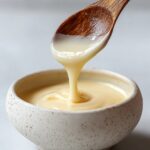
Easy Homemade Hollandaise Sauce Recipe
- Prep Time: 15 minutes
- Cook Time: 10 minutes
- Total Time: 25 minutes
- Yield: 4 to 4.5 servings
- Category: Sauce
- Method: Stovetop
- Cuisine: French
Description
This easy homemade Hollandaise sauce recipe guides you through creating a rich, creamy, and tangy sauce perfect for drizzling over eggs Benedict, steamed vegetables, or grilled seafood. Made with fresh egg yolks, melted butter, and fresh lemon juice, this classic French sauce uses a gentle double boiler technique to achieve the ideal silky texture and balanced flavor.
Ingredients
Hollandaise Sauce Ingredients
- 3 large Egg Yolks (Use fresh, organic eggs for best flavor)
- 1 cup Unsalted Butter (Melted and slightly cooled)
- 2 tablespoons Fresh Lemon Juice (Strain to remove seeds and pulp)
- 0.5 teaspoon Salt (Adjust to taste)
- 1 pinch Cayenne Pepper (Optional for added heat)
Instructions
- Separate the egg yolks: Carefully separate the egg yolks from the whites and place the yolks into a medium-sized heatproof bowl, ensuring no egg white gets mixed in.
- Melt the butter: Heat unsalted butter in a small saucepan over low heat until fully melted, then remove from heat and allow to cool slightly to prevent cooking the eggs prematurely.
- Whisk egg yolks: Using a whisk, vigorously beat the egg yolks until they become pale yellow and slightly thickened, indicating aeration.
- Add lemon juice and salt: Pour in the fresh lemon juice and salt, whisking thoroughly to combine and beginning to build flavor.
- Set up double boiler: Prepare a double boiler by simmering water in a pot and placing the bowl with the yolk mixture on top, ensuring the bowl does not touch the water to avoid direct heat.
- Incorporate melted butter: Slowly drizzle the melted butter into the yolk mixture while continuously whisking to form a stable, creamy emulsion without breaking the sauce.
- Adjust consistency: Continue whisking and adding butter until fully incorporated. If the sauce is too thick, whisk in small amounts of warm water to achieve the desired texture.
- Season and taste: Taste the sauce and adjust seasoning by adding more salt or a pinch of cayenne pepper for a subtle heat if desired.
- Serve warm: Transfer the finished hollandaise to a warm serving dish and keep it warm until ready to use to prevent the sauce from setting or separating.
Notes
- Ensure eggs are fresh and room temperature for best emulsification.
- Use a gentle heat with the double boiler to avoid scrambling the eggs.
- If sauce breaks (separates), whisk in a teaspoon of warm water to bring it back together.
- Hollandaise is best served immediately but can be kept warm for up to 30 minutes.
- To keep sauce warm longer, place bowl in a warm spot or use a thermos.






